

hpl panels catalog colors





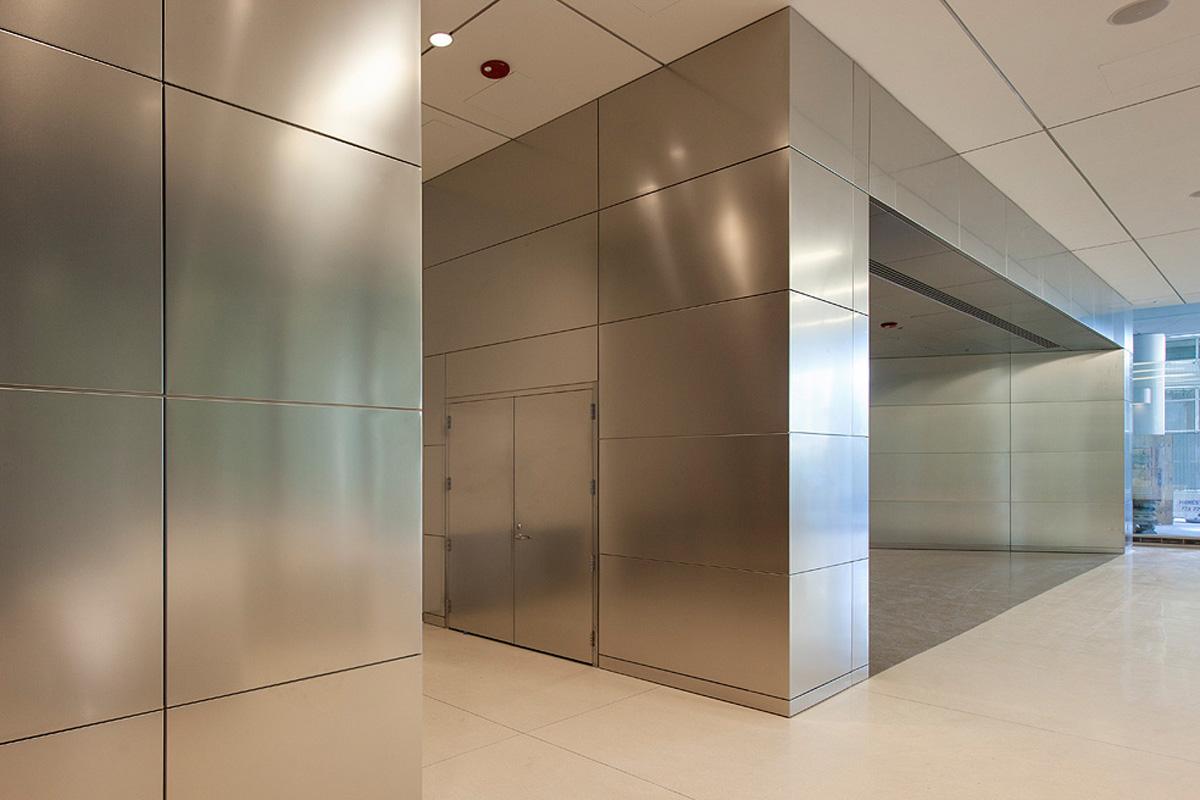

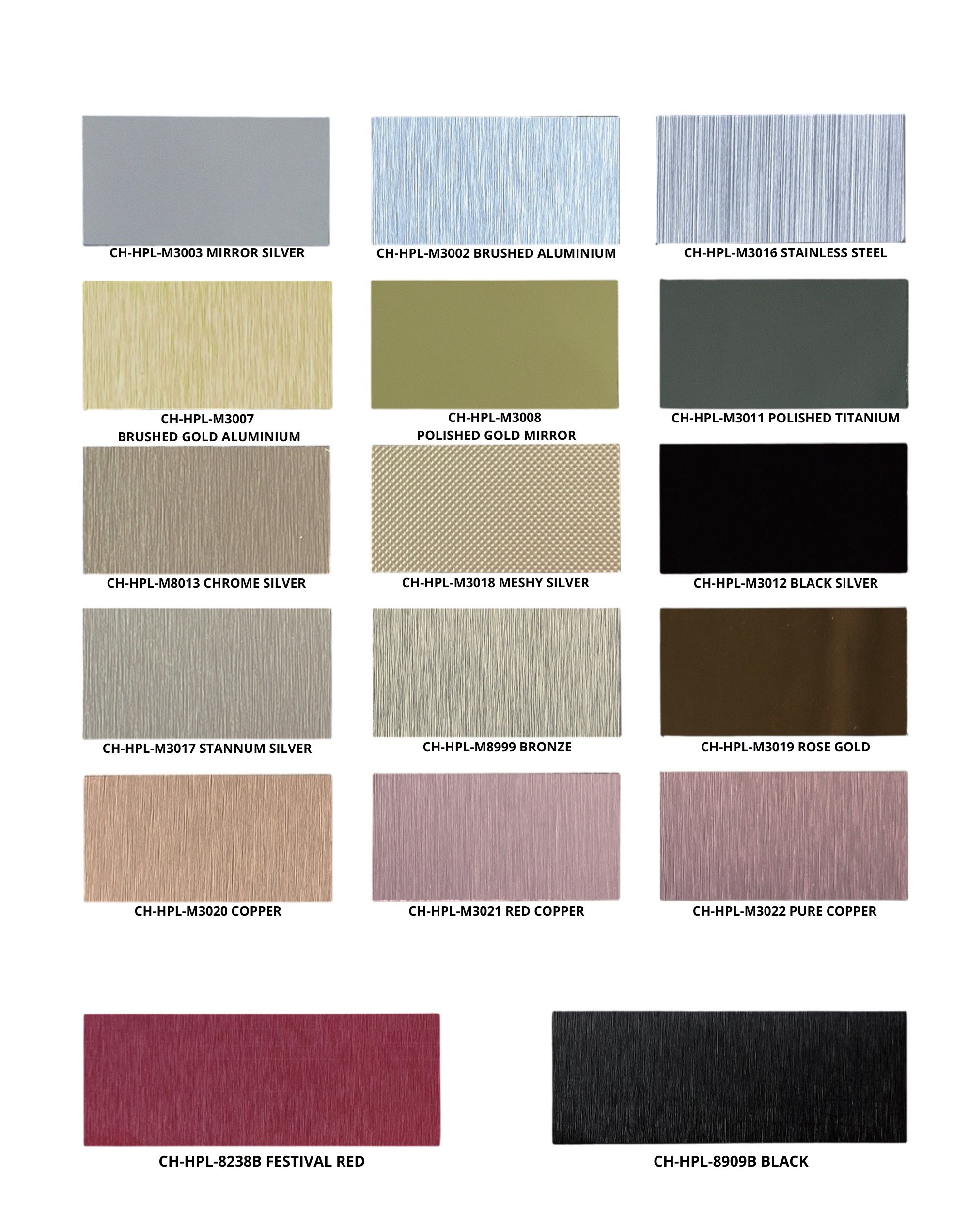
solid colors - textured



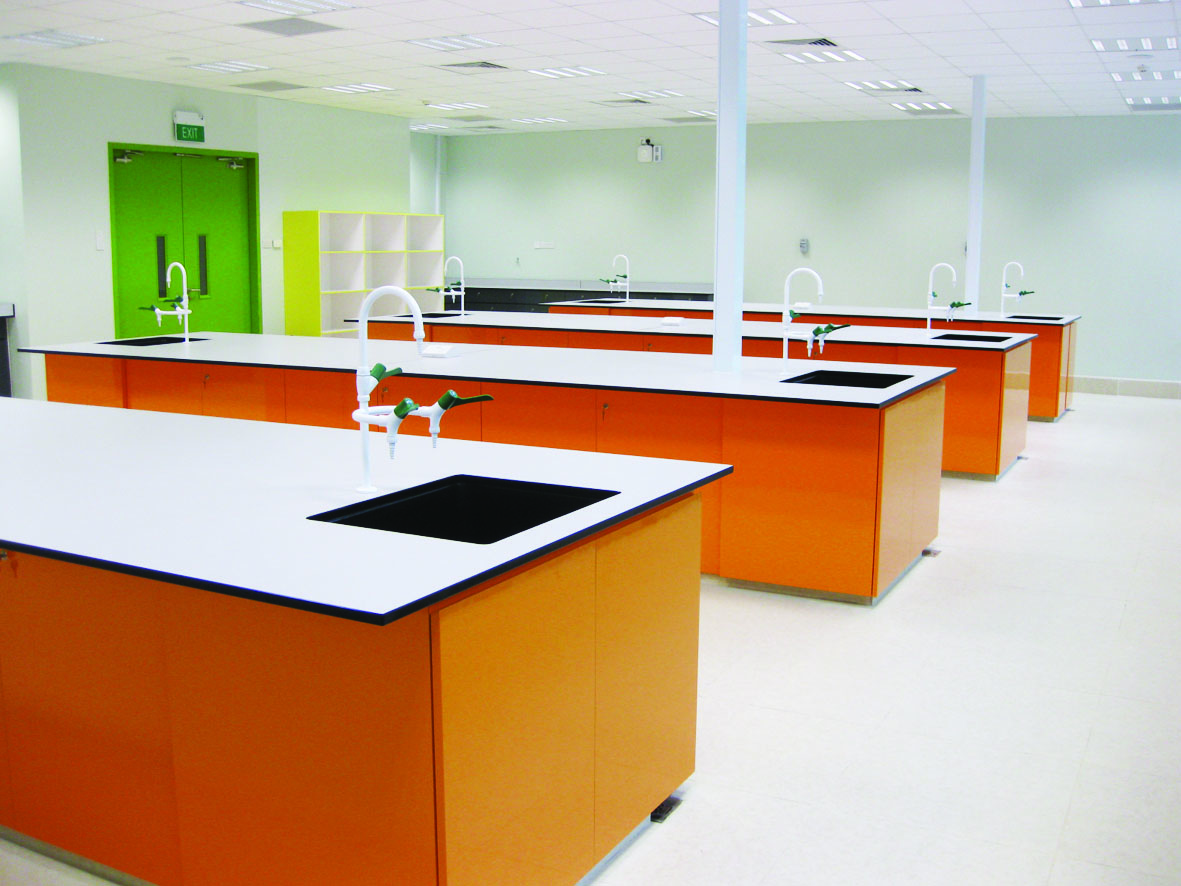



solid colors - softskin series

solid colors - highgloss
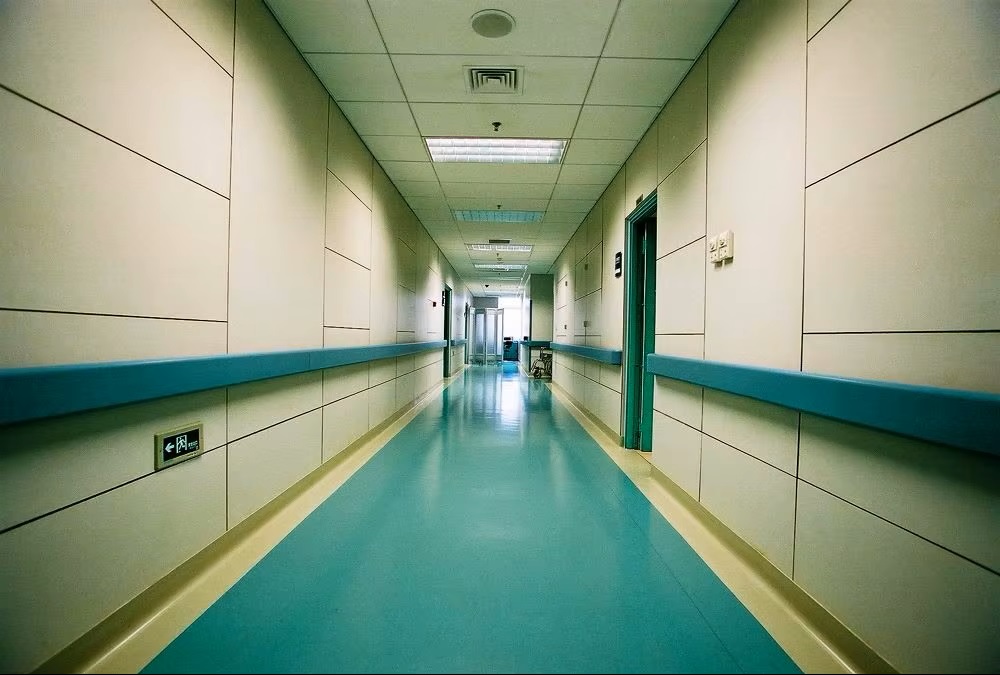
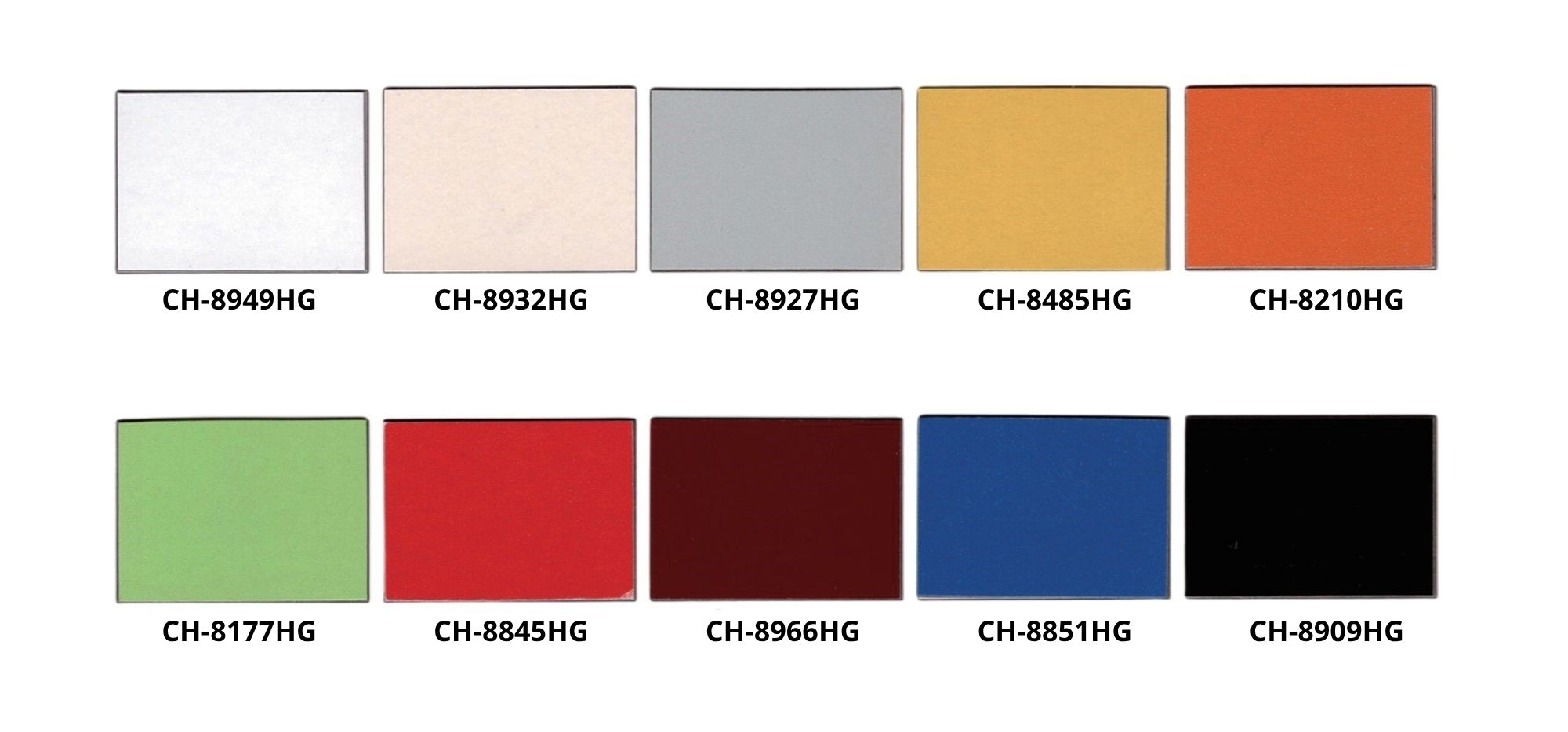
solid colors - woven

solid colors - vertical rigato
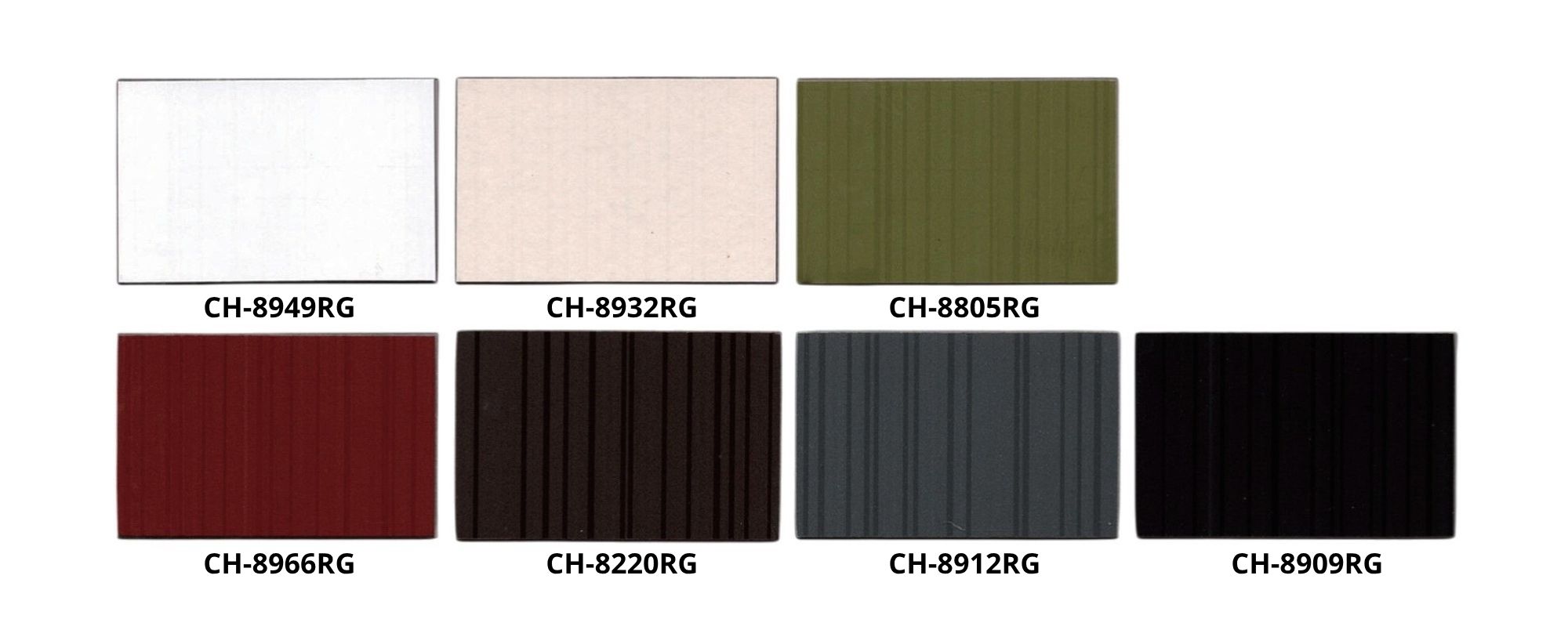
solid colors - leather

solid colors - horizontal sclupt

solid colors - crack

solid colors - embossed

pearlescent series

solid colors - raw finish

nano anti - fingerprint
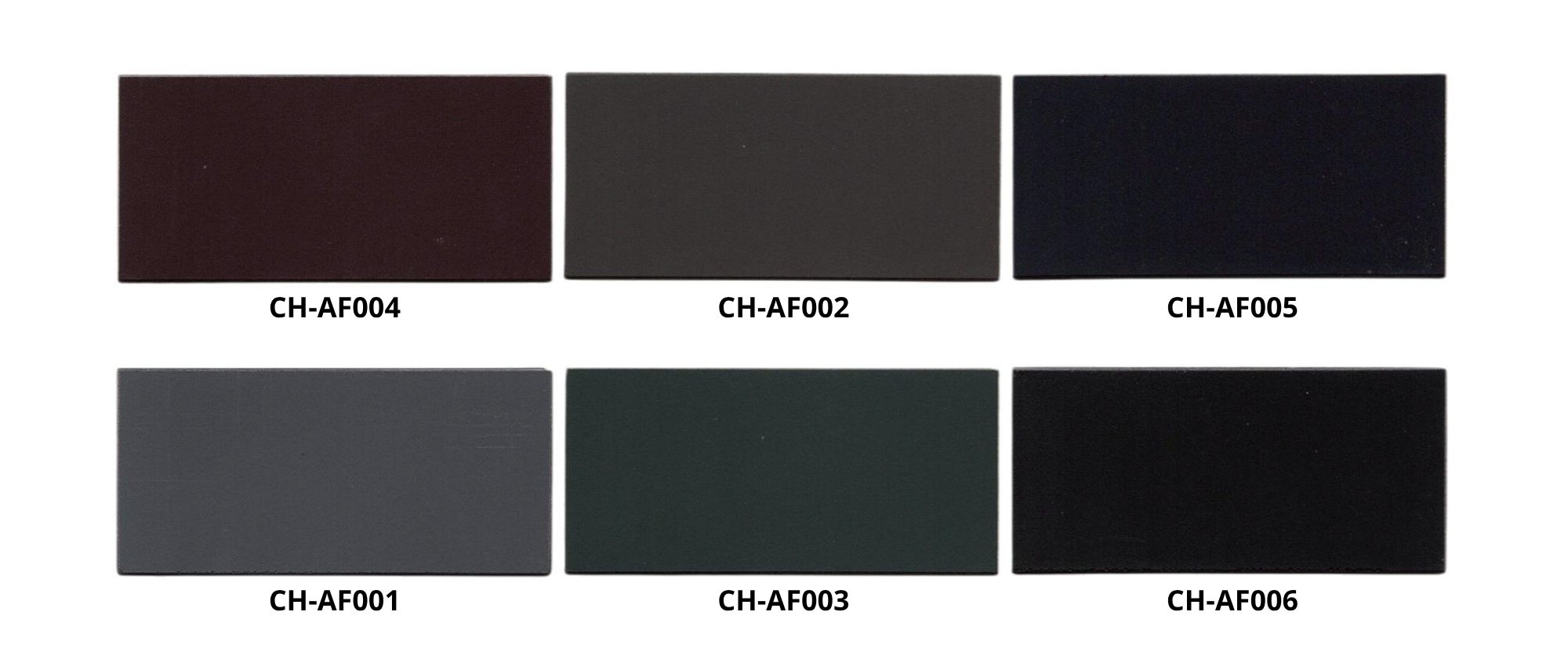
marble series
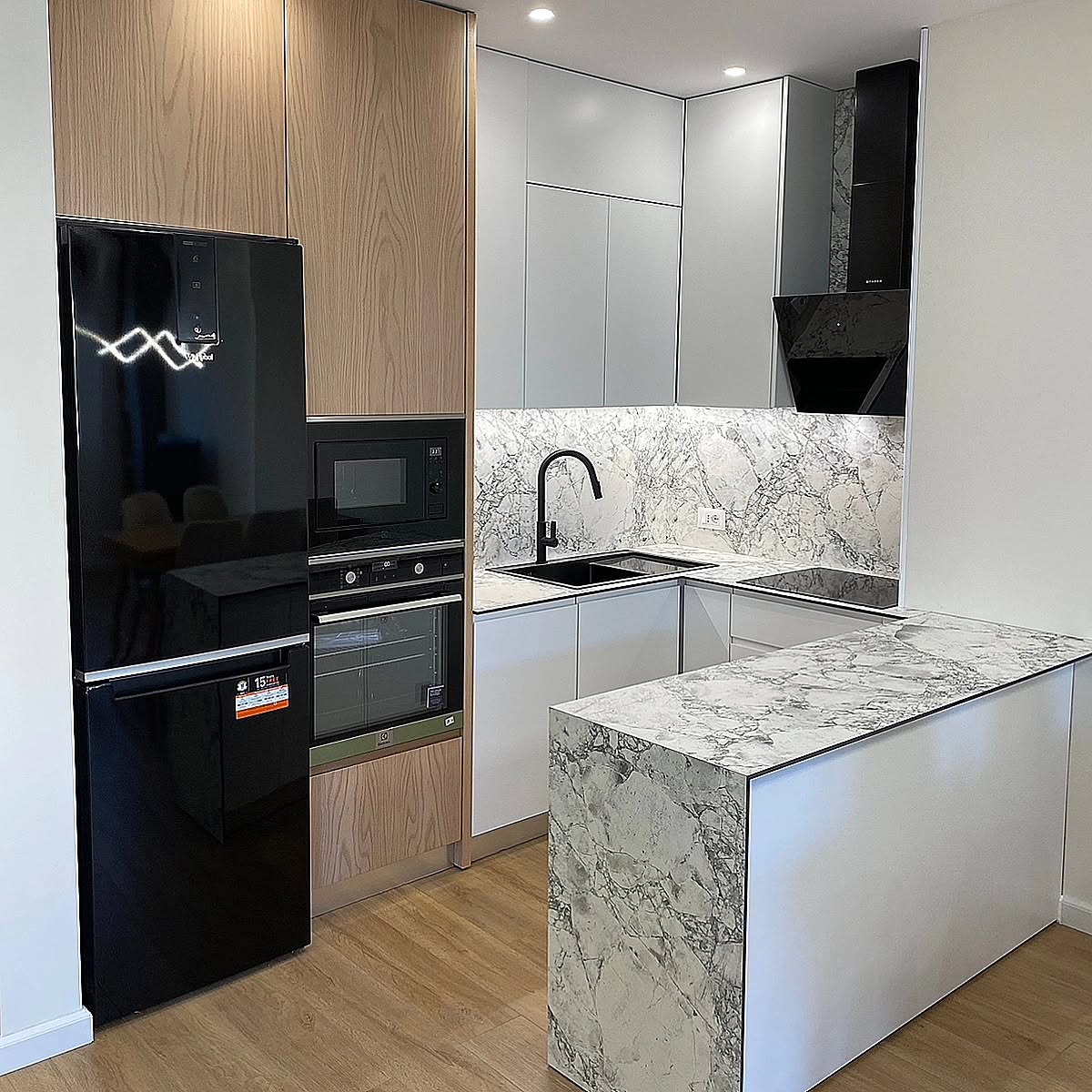

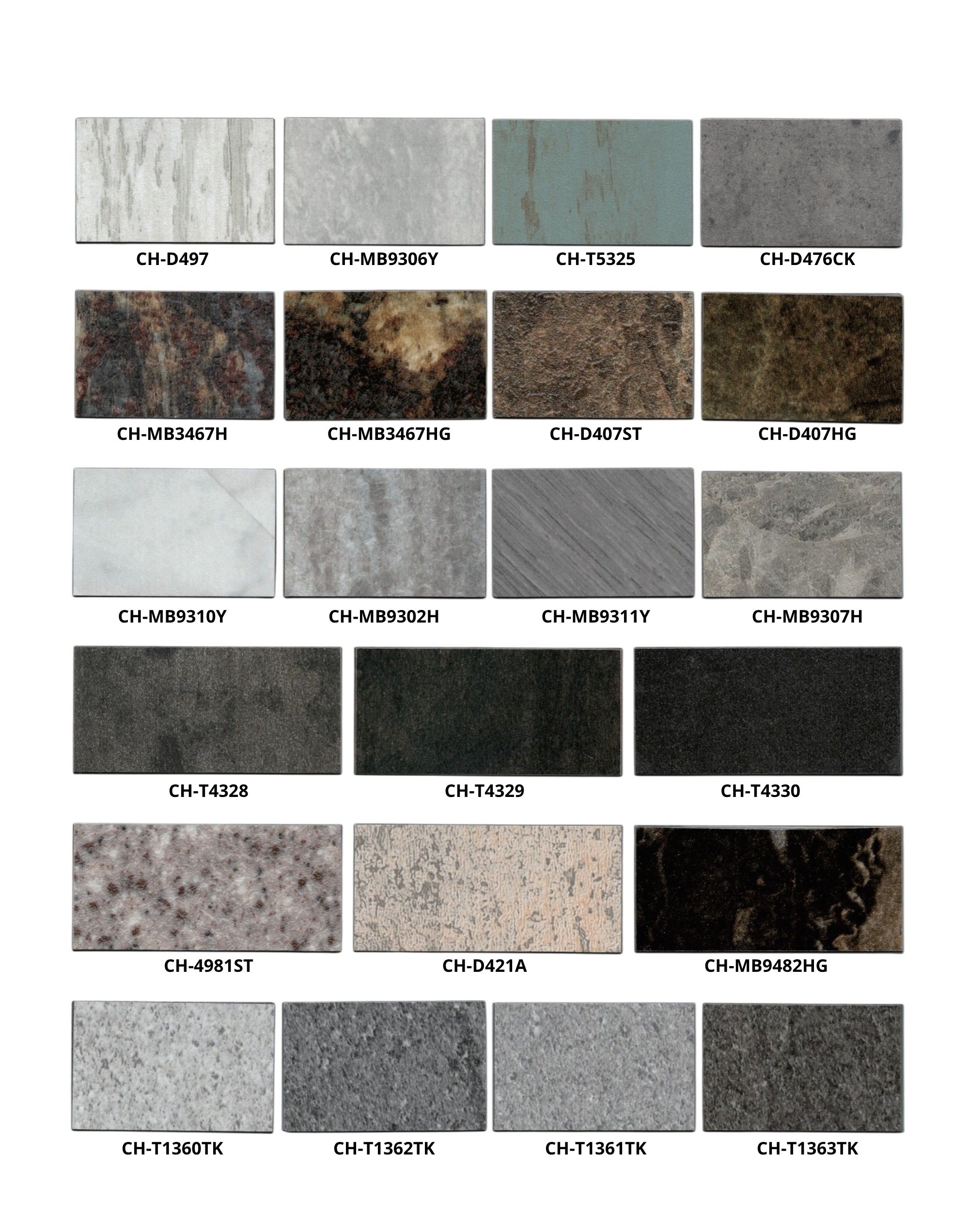
pattern series

textile series
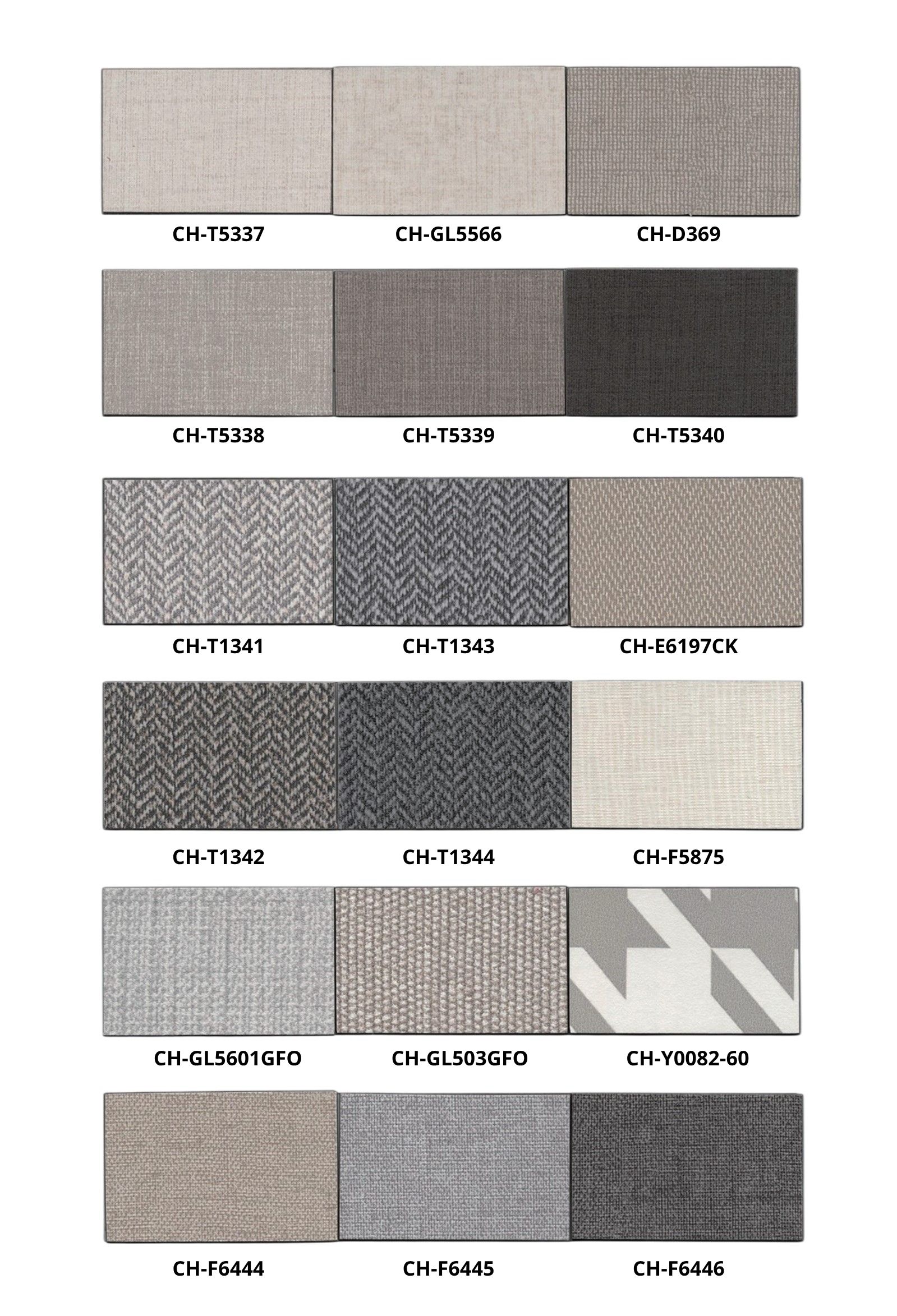

woodgrain





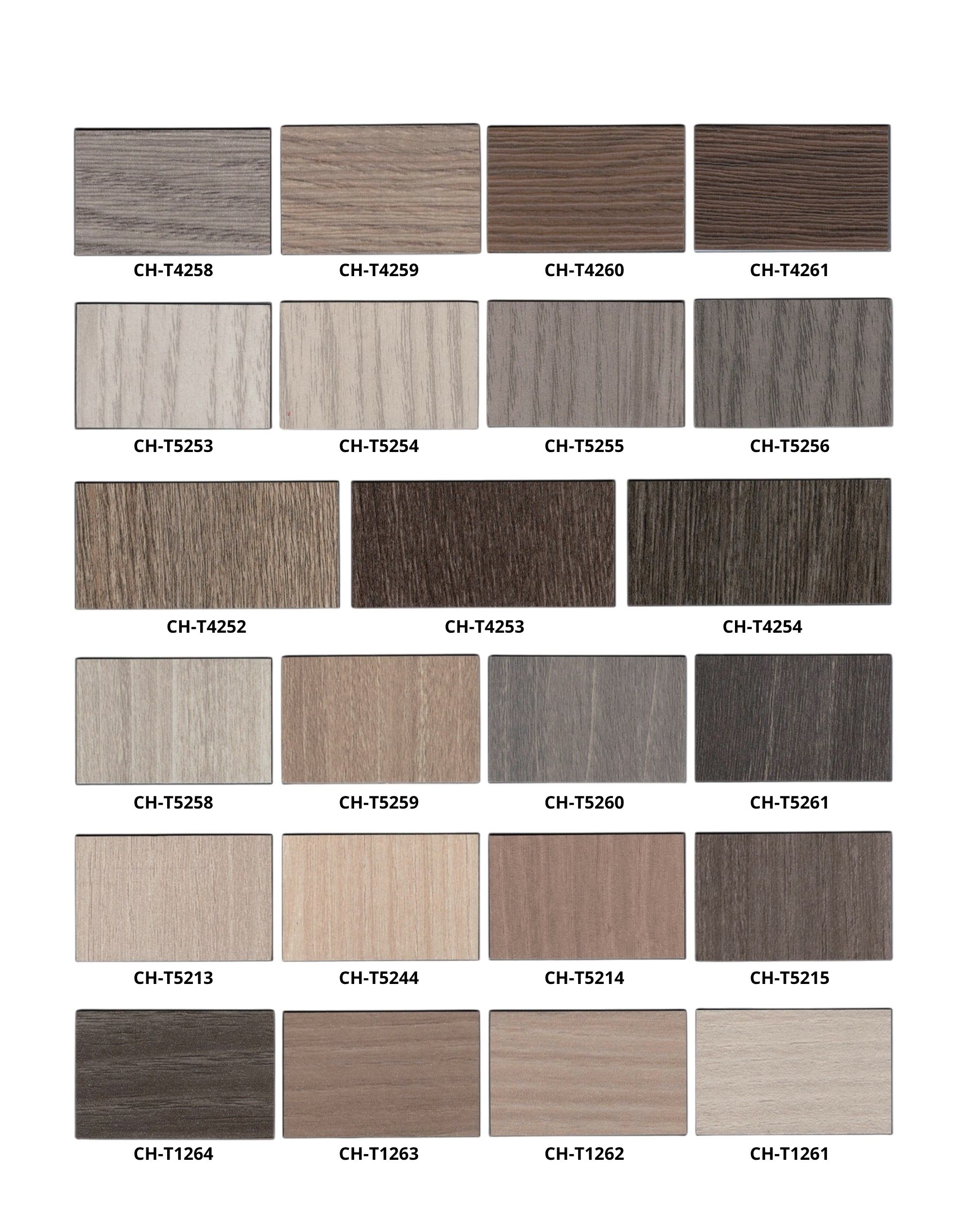







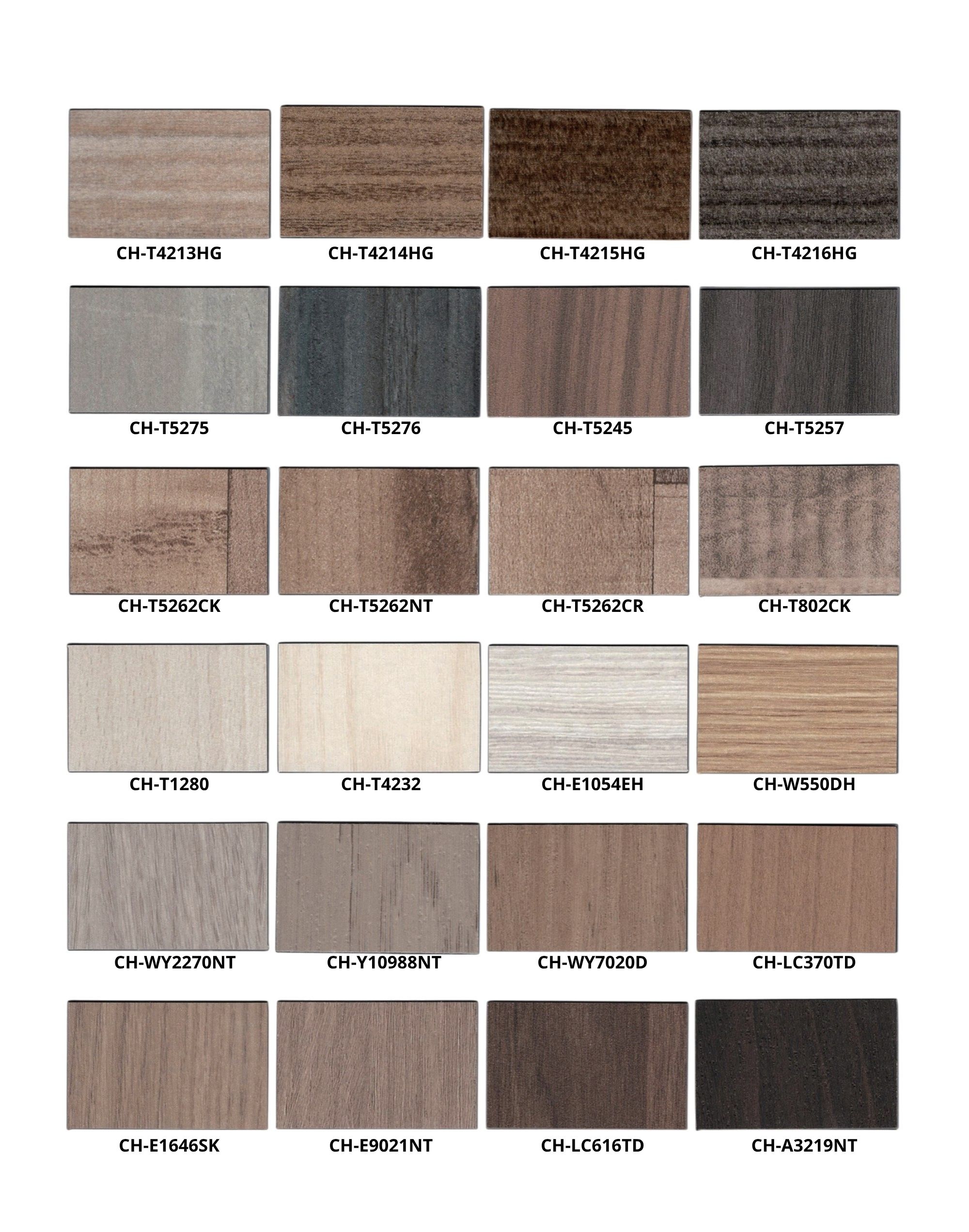

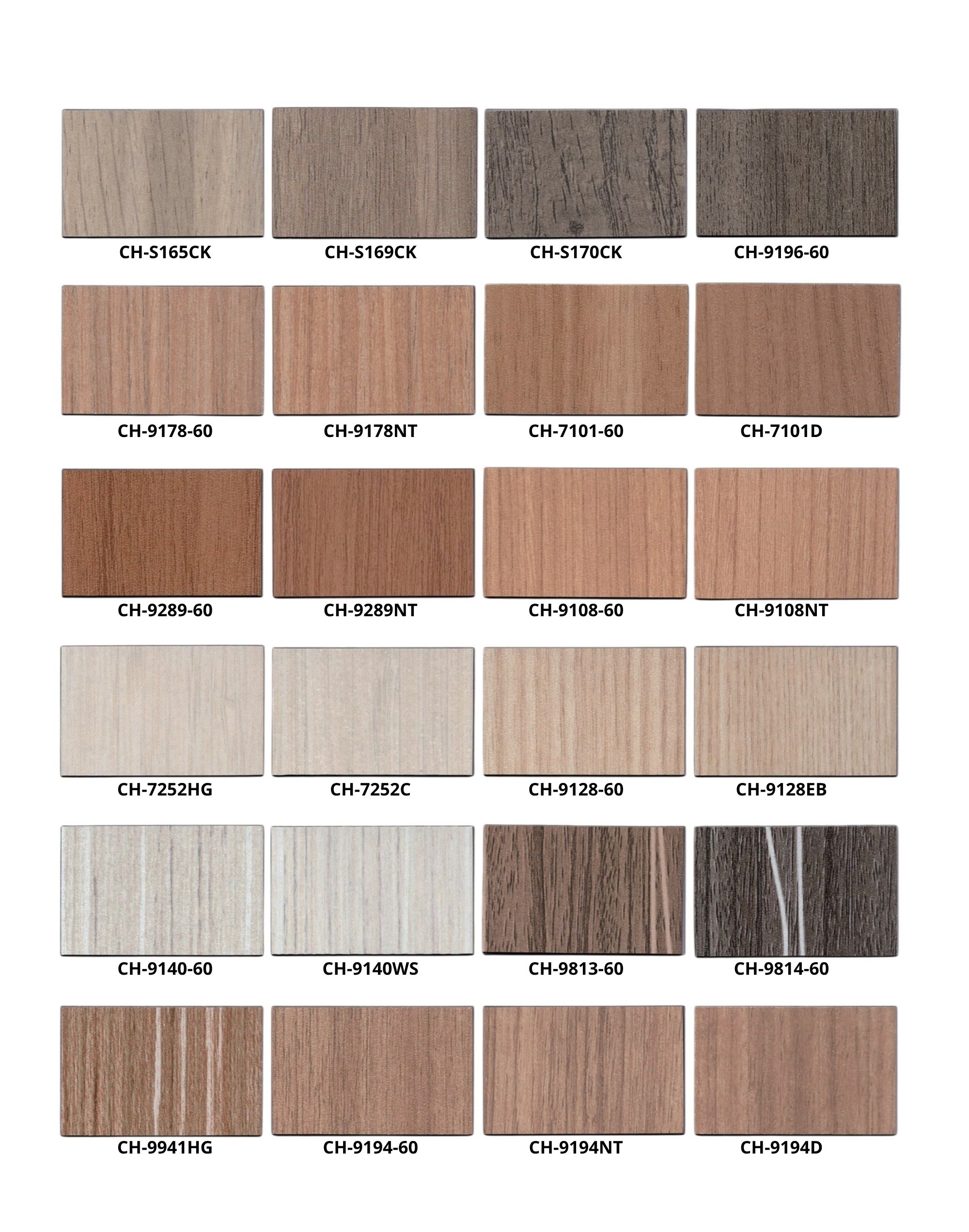

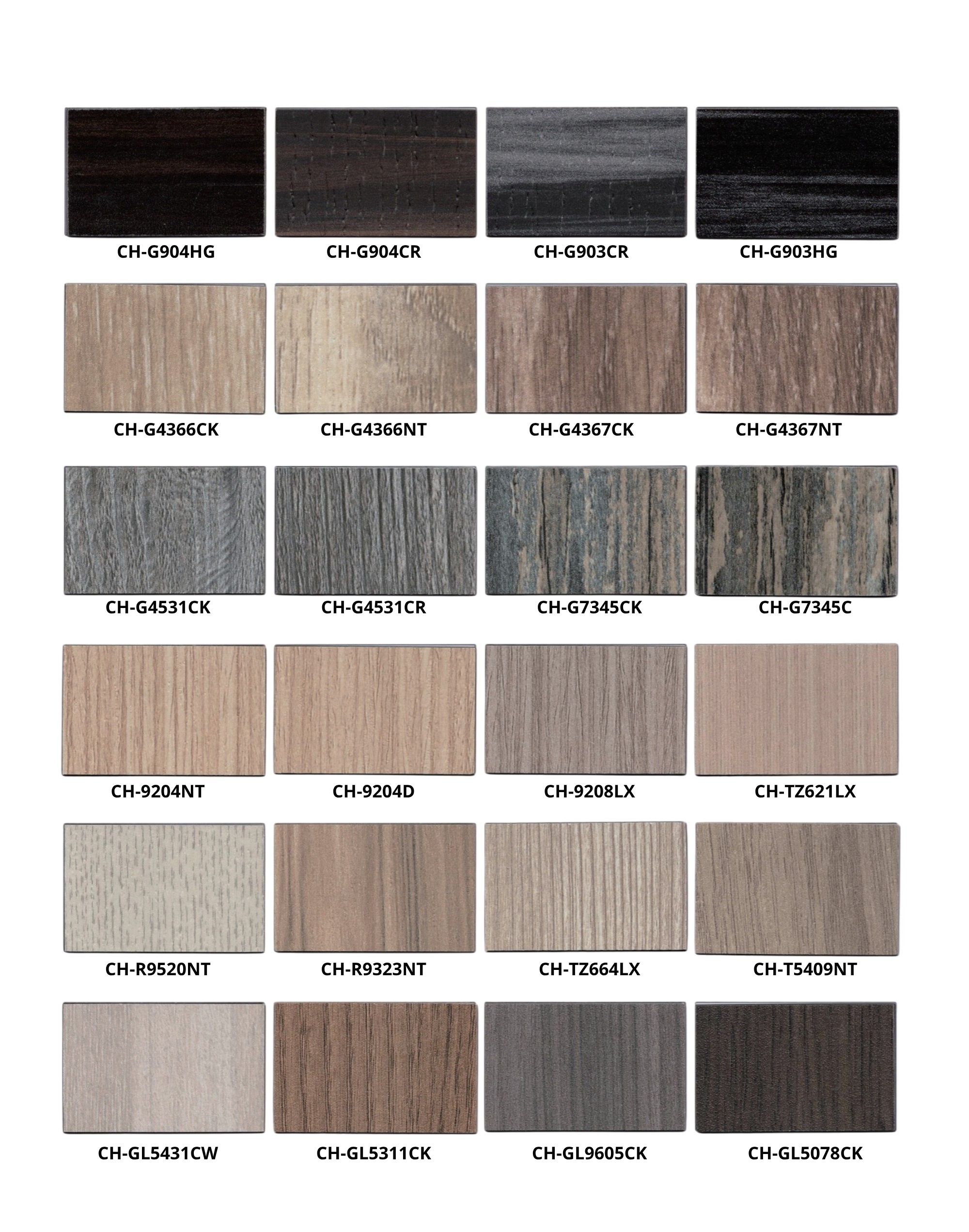

woodgrain - drygrain

woodgrain - horizontal drygrain
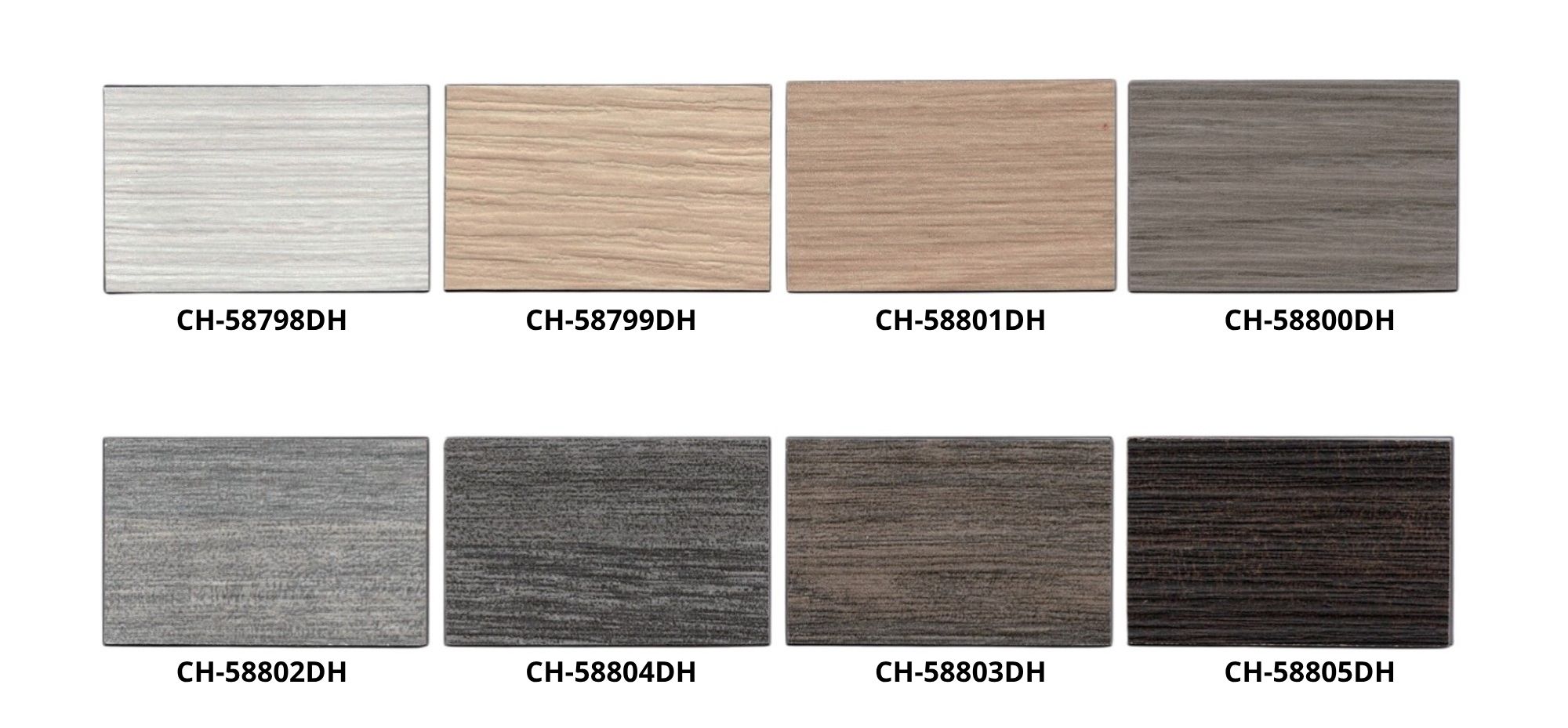
woodgrain - slim
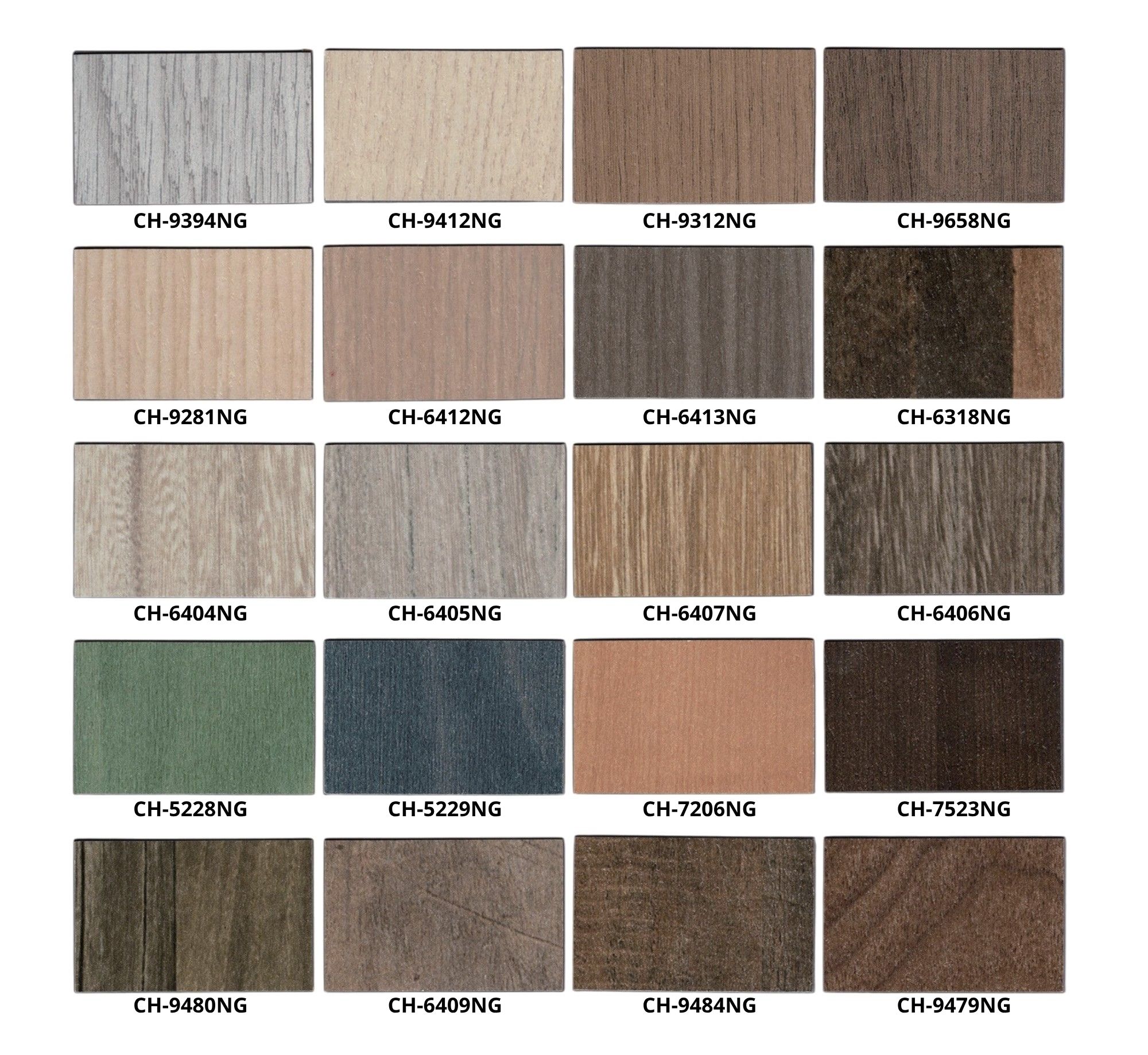
woodgrain - chalk

woodgrain - natural




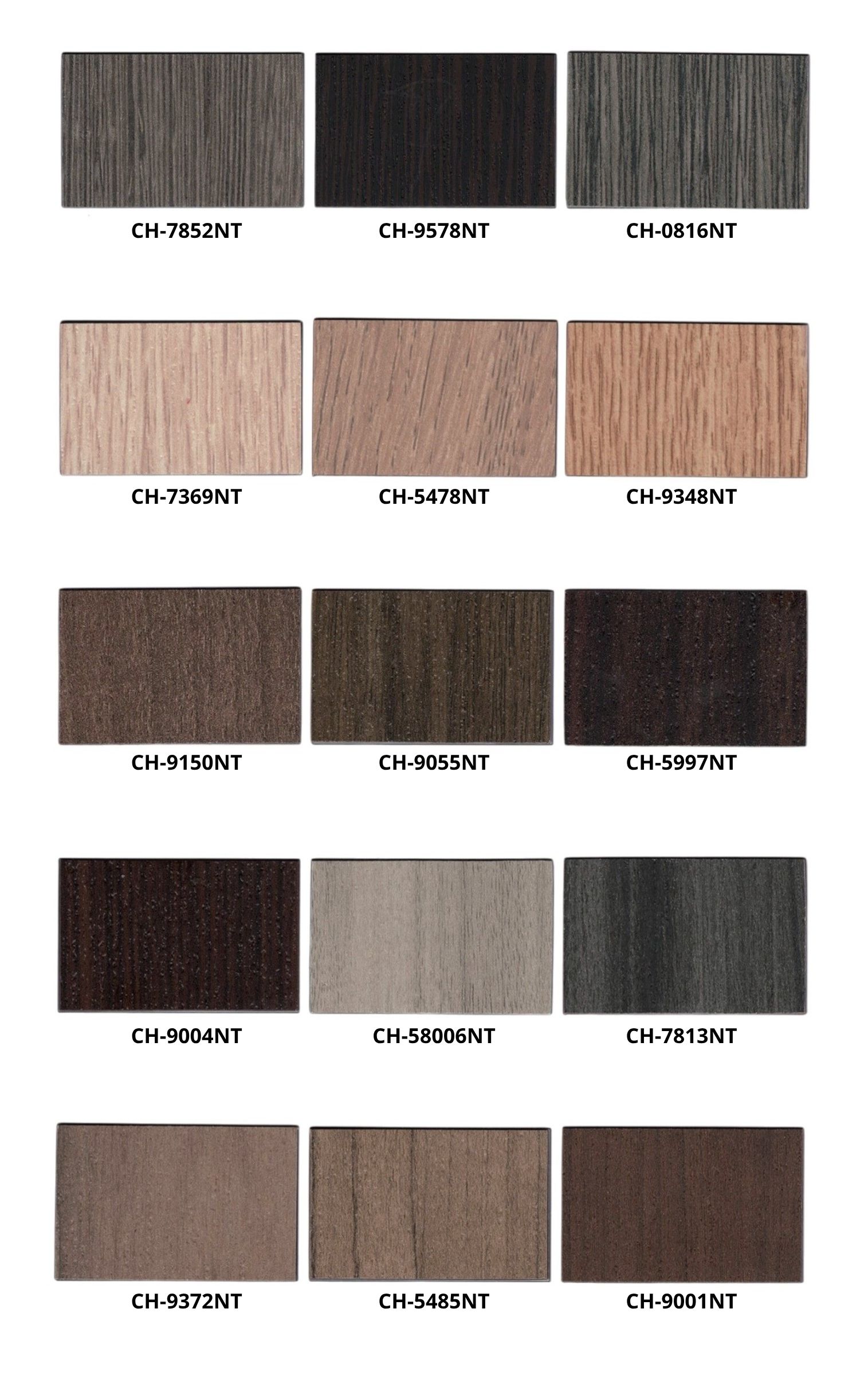

woodgrain - super soft skin

woodgrain - slim cut

woodgrain - wirebrush

woodgrain - sawcut
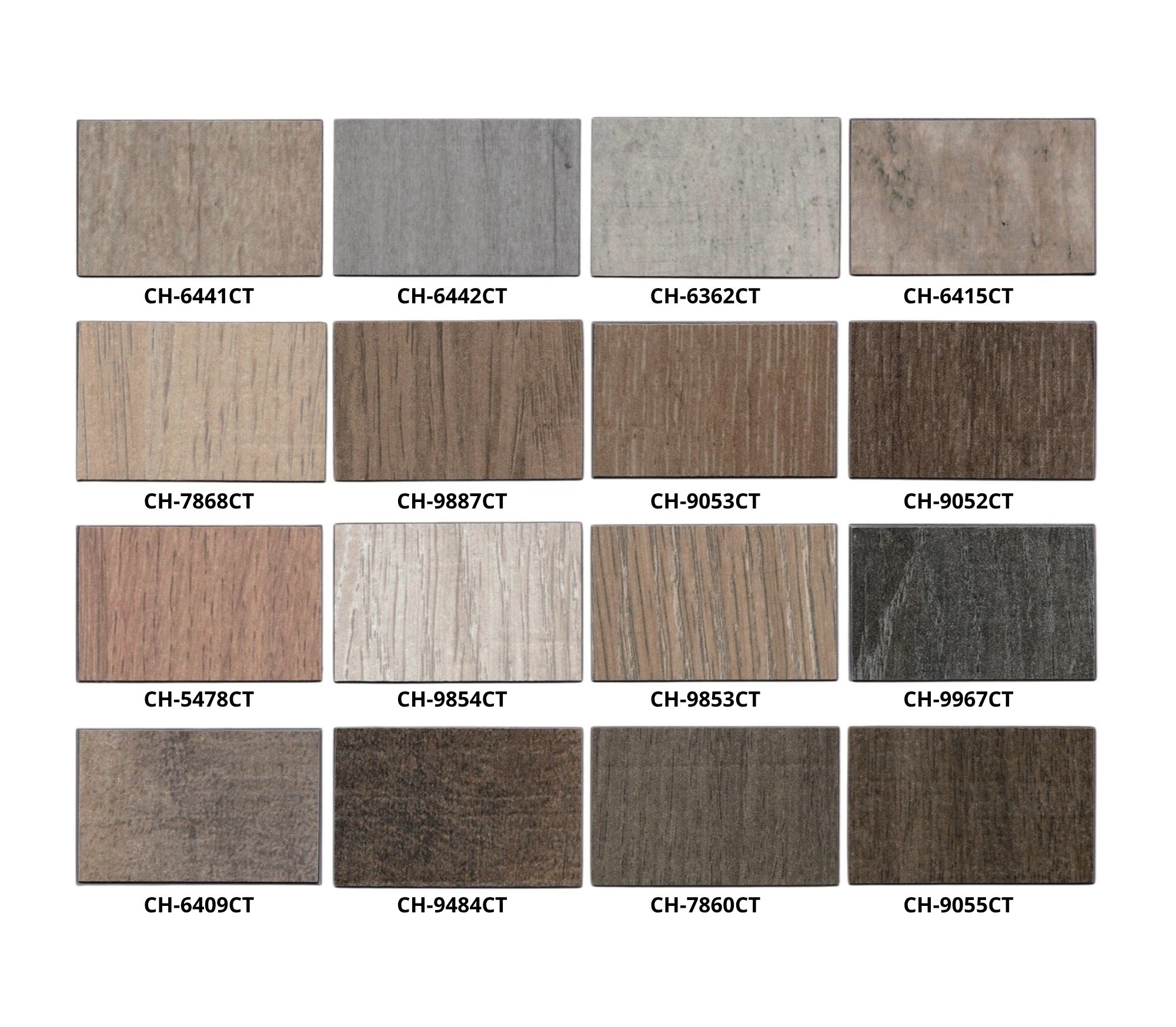
woodgrain - textured
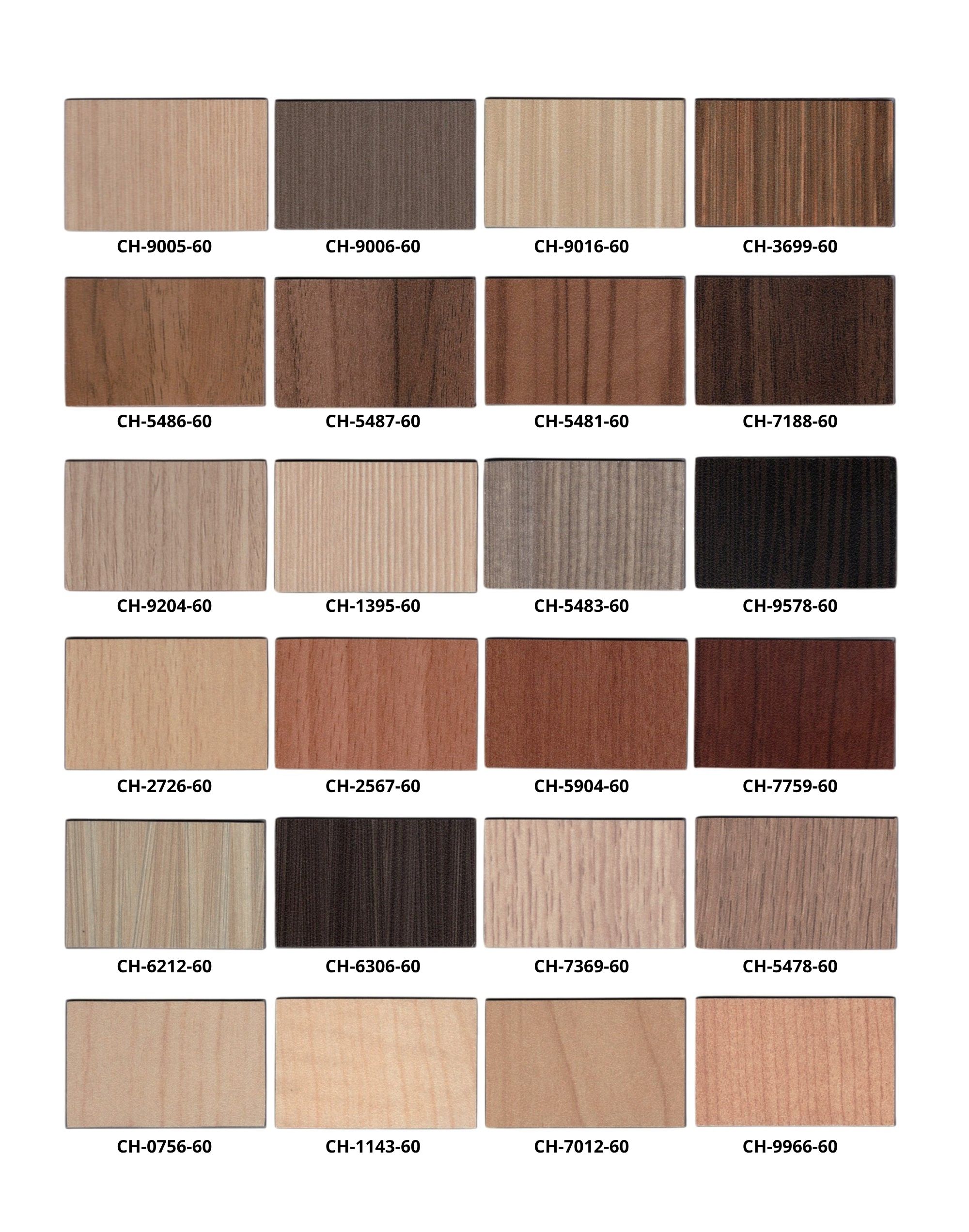

Detailed description

HPL (High Pressure Laminate) is a highly durable laminate manufactured under
high pressure and temperature from multiple layers of phenolic resin-impregnated kraft paper and a
decorative layer coated with a melamine protective coating.The panels are mechanically durable,
moisture-resistant, and resistant to UV rays, scratches, chemicals, and sudden temperature
changes.
Advantages of HPL panels:
- Eco-friendly
— safe, non-toxic;
- Scratch, moisture, and UV resistant;
- Easy to install (on aluminum or
steel frames);
- Easy to maintain and vandal-resistant;
- Durable — over 10 years without
losing their appearance.
Technical characteristics of HPL panels

-
1
Size - Typically 1220×2440 mm (4×8 ft), 1300×3050 mm, less commonly larger.
-
2
Density - 1350–1450 kg/m³
-
3
Thickness - 2–20 mm (usually 4–10 mm for facades)
-
4
Moisture resistance - Up to 100% (does not absorb water)
-
5
Operating temperature range - from −60°C to +80°C
-
6
Fire resistance class - B-s1, d0 (European standard EN 13501-1)
-
8
Color fastness (UV) - >7 points on the gray scale
-
9
Guarantee - More than 10 years
HPL panel structure
-
1. Top layer
Material - Melamine resin + decorative paper;
Function - Protection from UV, scratches, moisture and chemicals -
2. Middle layer
Material - Phenolic resin impregnated kraft paper;
Function - The basis of strength, resistance to deformation -
3. Bottom layer
Material - Balancing paper layer;
Function - Stabilizes the panel, prevents bending
Where and why are HPL panels used?
-
1. Building facades
Used for ventilated facades, protecting walls from moisture and sun.
Allows for the implementation of architectural designs of any complexity: imitating wood, stone, concrete, metal, etc. -
2. Interior decoration
Used in offices, shopping centers, hotels, cafes, hospitals, and airports.
Ideal for high-traffic areas as they are impact and cleaning-resistant. -
3. Furniture and countertops
Used for kitchen and laboratory countertops, furniture fronts, and decorative wall panels.
Due to their hygienic and stain-resistant properties, they are used in medical facilities. -
4. Sanitary and public areas
Indispensable for shower stalls, changing rooms, and toilet partitions.
Does not absorb water and does not deform, even in constant humidity. -
5. Transport and industrial premises
Used in trains, buses, ships where fire resistance and strength are important.
